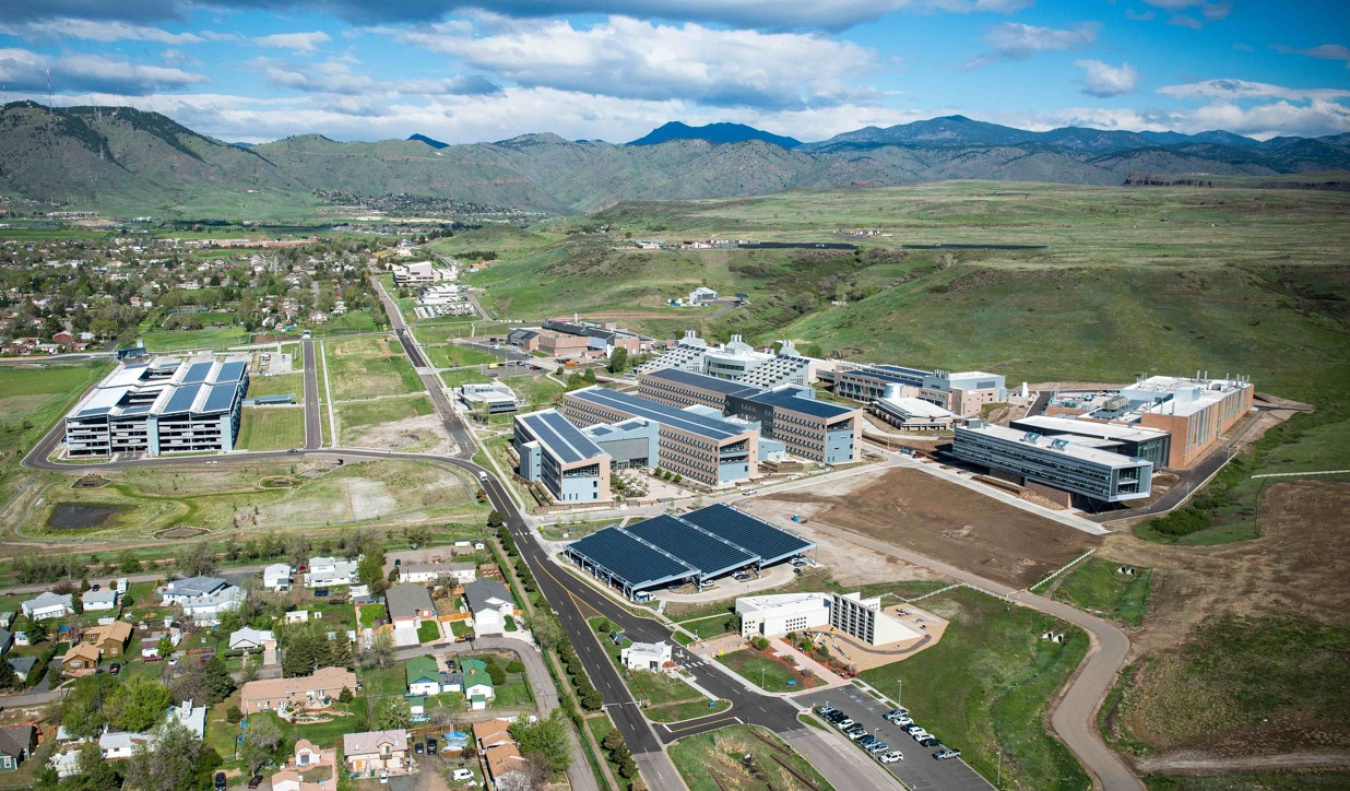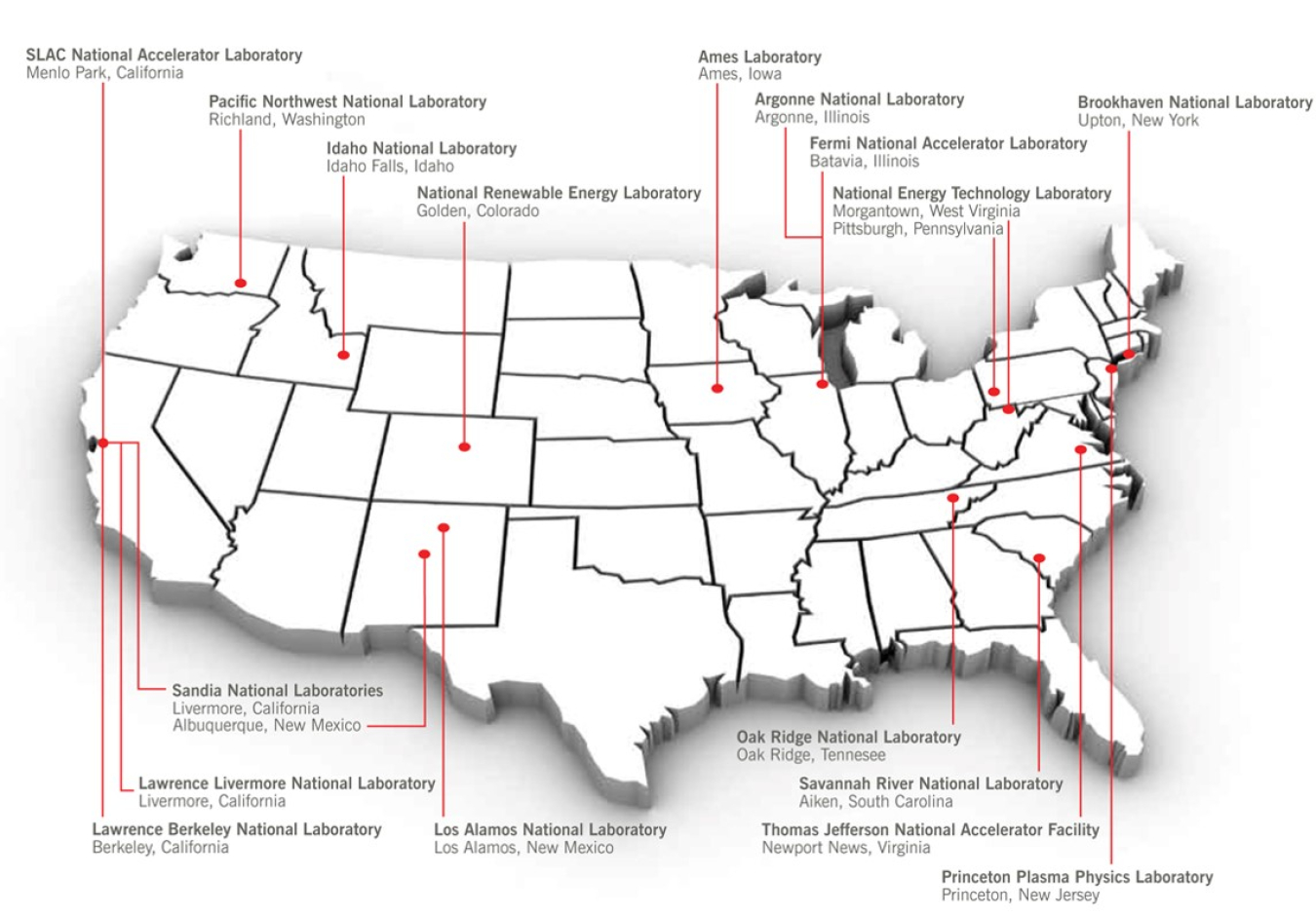The Lab-Corps pilot program was launched last year to accelerate the transfer of new clean energy technologies from the U.S. Department of Energy's...
Office of Critical Minerals and Energy Innovation
July 30, 2015
The Energy Department's Lab-Corps pilot program is a national network that aims to unleash national lab researchers to successfully transition their discoveries into high-impact technologies in the marketplace.
The Energy Department’s National Laboratories are science and engineering powerhouses that are home to some of the greatest science and engineering talent and facilities in the world.
Our national labs are already having a huge impact on the clean energy innovation landscape, but to further accelerate the global transition to a clean energy economy we need them to do even more. That’s why two years ago, I launched the Office of Energy Efficiency and Renewable Energy’s National Laboratory Impact Initiative, with the goal of significantly increasing the impact of the national labs on the development of game-changing, real-world clean energy technologies that get to market.
In order to make our national labs hives of industrially relevant and impactful clean energy innovation, it is critical that our world-class researchers go beyond scientific insights alone and learn to connect their ideas with important commercial needs and trends in the clean energy industry. I have observed first-hand that when brilliant national lab scientists learn about the commercialization process and build strong relationships with their counterparts in industry, amazing things can happen.
Late last year, we launched the $2.3 million Lab-Corps pilot program to serve just this need. This new program, inspired by the National Science Foundation’s successful i-Corps program, is aimed at accelerating the transfer of new clean energy technologies from national laboratories into the commercial marketplace by training and empowering scientists to think about how to successfully shift their breakthrough discoveries into high-impact, real-world technologies in the private sector. Each Lab-Corps team consists of a national lab technologist with an innovative clean energy technology concept who is paired with an industry mentor and an entrepreneurial lead. The team works together to map out the most promising pathways for the commercialization of the new technology.
Six national labs are participating in the Lab-Corp pilot:
- National Renewable Energy Laboratory (NREL) – Node/Lead Lab
- Idaho National Laboratory (INL) – Site Lab
- Lawrence Berkeley National Laboratory (LBNL) – Site Lab
- Pacific Northwest National Laboratory (PNNL) – Site Lab
- Argonne/Fermi National Accelerator Laboratories (ANL/FNAL) – Site Lab
- Lawrence Livermore/Sandia National Laboratories (LLNL/SNL) – Site Lab
Just six months into the pilot, we are already seeing some exciting results. After a highly competitive internal process, the five Site Labs have selected the first 10 Lab-Corps teams. These teams are in the process of receiving comprehensive training in and access to a suite of commercialization resources, including technology validation and testing, facility access, techno-economic analysis, and other incubation services.
As just one example of the Lab-Corps work happening at each lab, the Lawrence Livermore/Sandia National Laboratories Site Lab offered a series of weekly industry information sessions in February and March, supplemented by entrepreneur training sessions held at the University of California-Davis. One of the most valuable parts of the info sessions was the opportunity for lab innovators to meet one-on-one with highly seasoned investors to talk about their inventions and what it would take to make them commercial products.
At the end of this initial training, nine teams gave tech-to-market presentations to compete for the opportunity to be the top two teams to represent Lawrence Livermore/Sandia National Laboratories in the Lab-Corps pilot. The winning national lab innovators, Jeff Koplow of Sandia and Yining Qin of Lawrence Livermore, each received $75,000 to continue to develop commercialization plans for their technologies through the Lab-Corps program.
Koplow’s Twistact technology is a fundamentally new concept for increasing reliability and decreasing cost in wind turbines. If successfully developed, this technology could enable novel wind turbine designs that eliminate exotic rare-earth materials and reliability-limiting components, such as gear-boxes and brush contacts.
Qin’s building efficiency optimization technology holds promise to improve energy efficiency in commercial buildings by up to 30 percent. His team is developing a control technology based on an innovative algorithm that offers efficient performance, smart diagnostics, and optimized control for commercial buildings.
And these are just two of the many bright spots in innovation that are being lit up by Lab-Corps. Through NREL’s leadership and that of their Lab-Corps program collaborators, two top teams from each of the five Site Labs will come together to learn about the technology commercialization process from top tech-to-market thinkers and to build relationships with other like-minded colleagues.
The Lab-Corps pilot will train up to 19 innovative national lab teams through the end of 2015. If this pilot proves successful, this exciting new model will be considered for expansion across the Energy Department’s whole national lab enterprise. And Lab-Corps is just one of a number of exciting new lab tech-to-market programs being piloted by the Energy Department. Stay tuned for updates on exciting new Lab Impact Initiative programs like Cyclotron Road at Lawrence Berkeley National Lab and the new Small Business Vouchers and Technologist-in-Residence pilot programs in the weeks and months ahead!

The Energy Department's National Renewable Energy Laboratory in Golden, Colorado is serving as the "Lead Lab" for the Lab-Corps pilot program.

The Energy Department's 17 National Laboratories comprise a preeminent federal research system, providing the nation with strategic scientific and technological capabilities.

